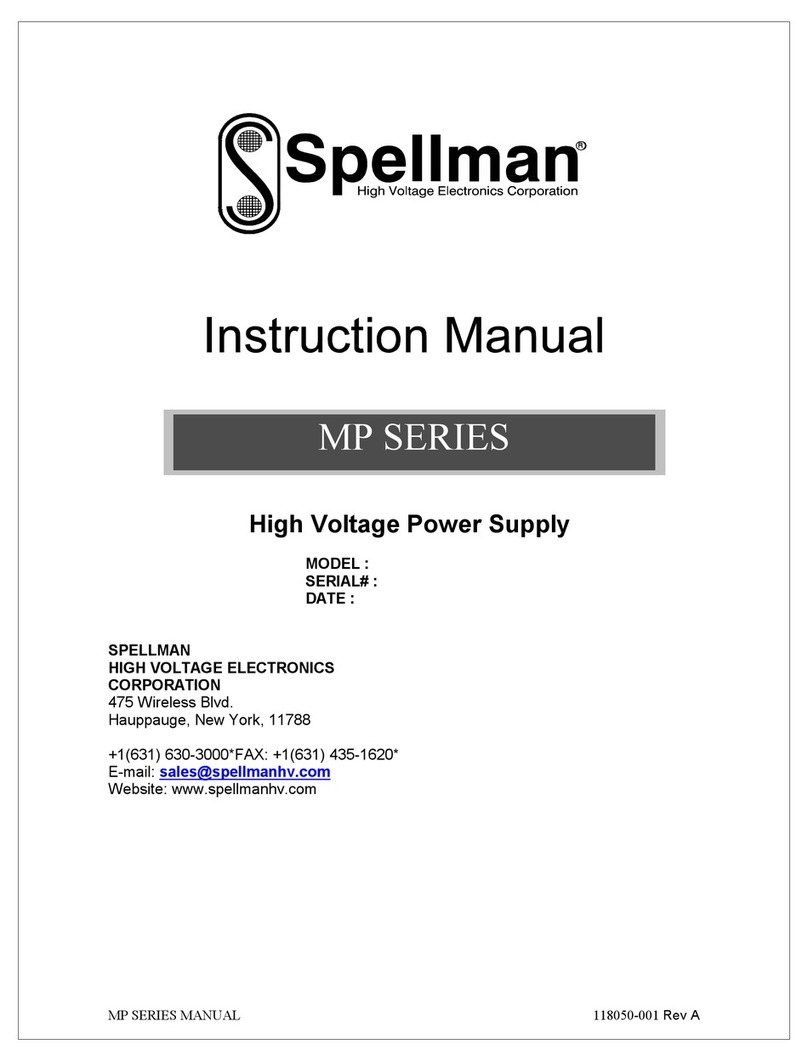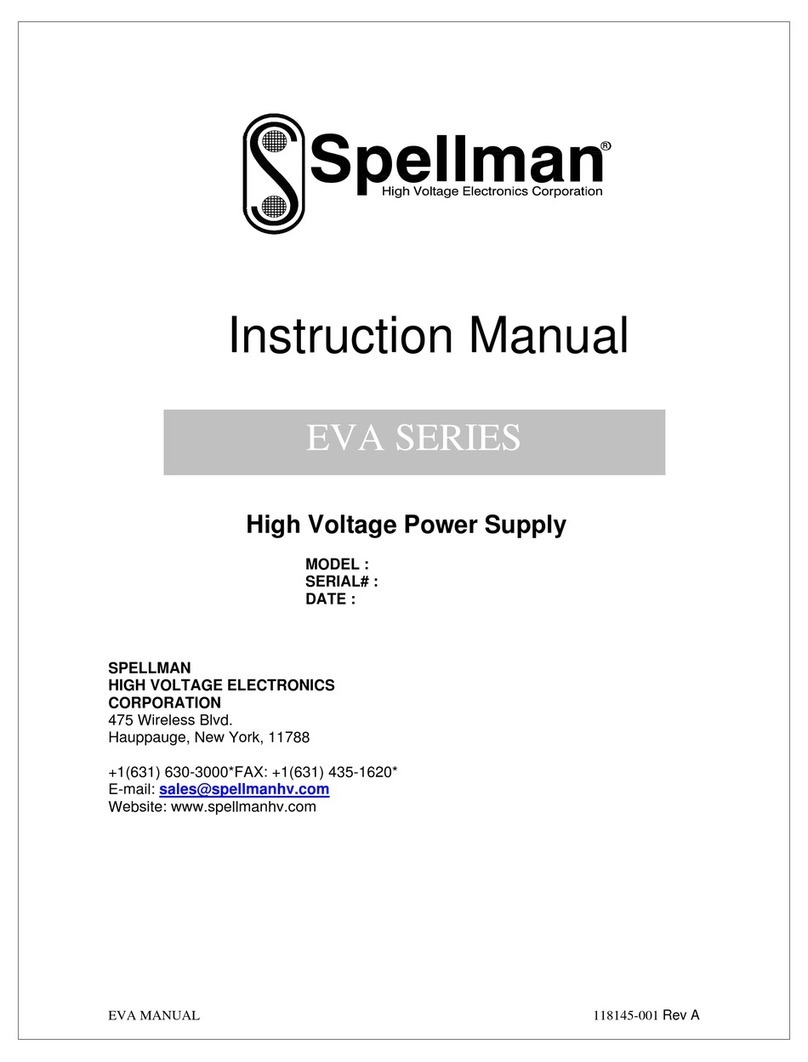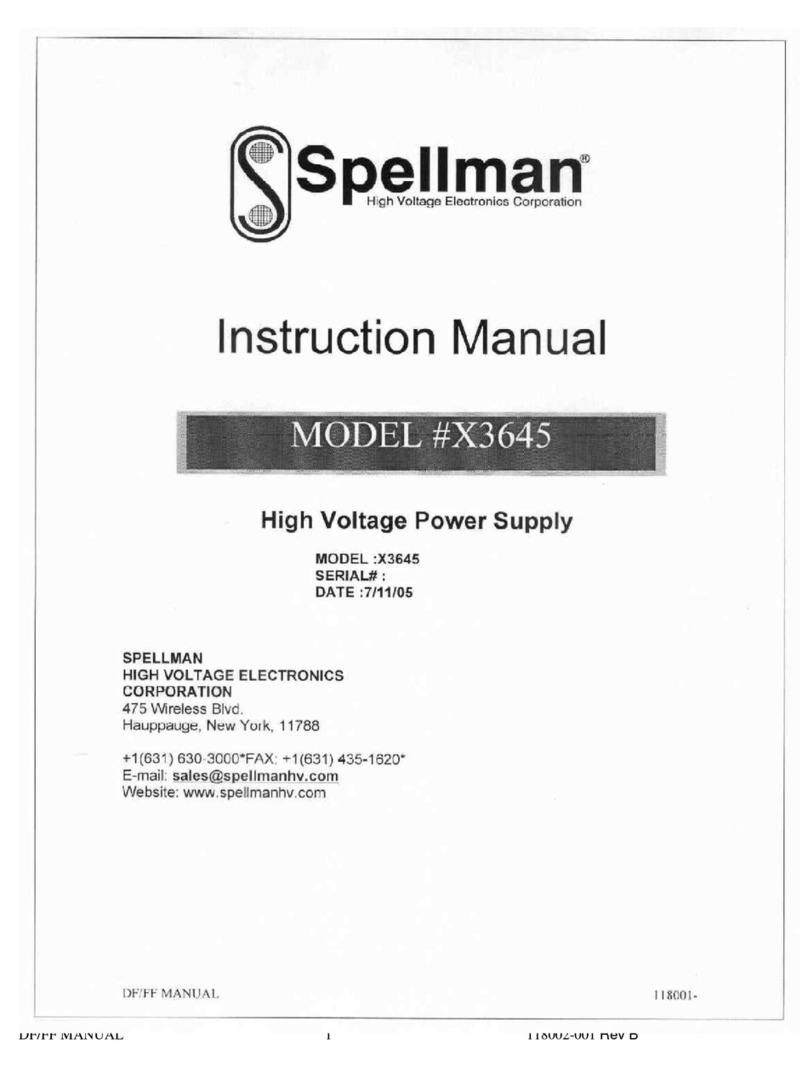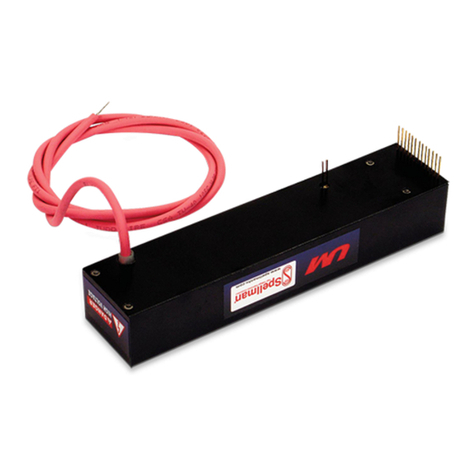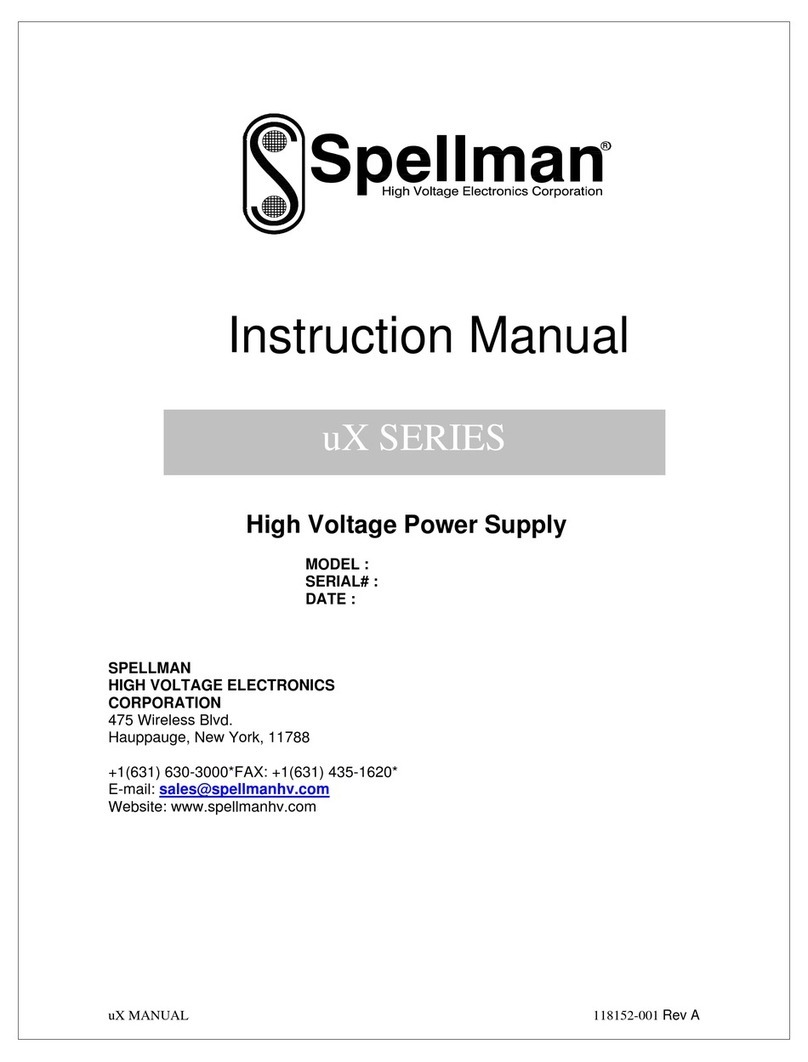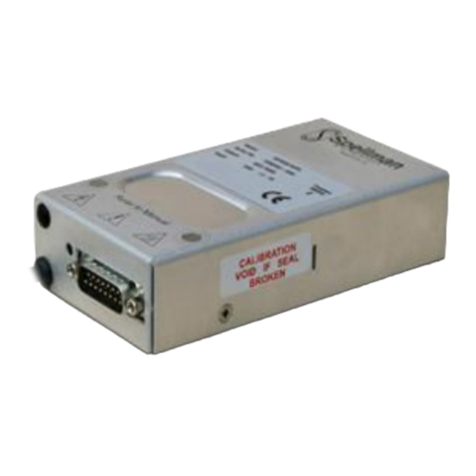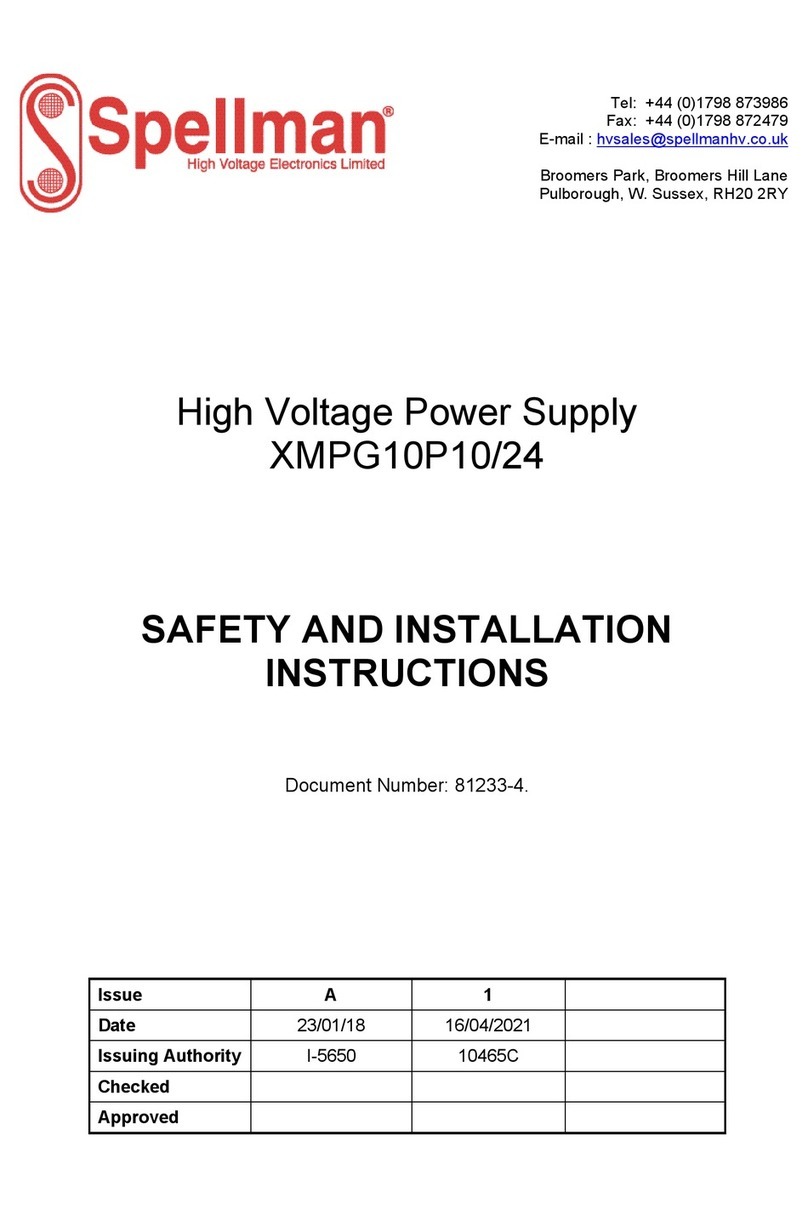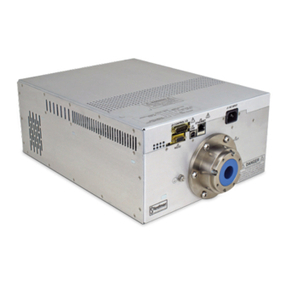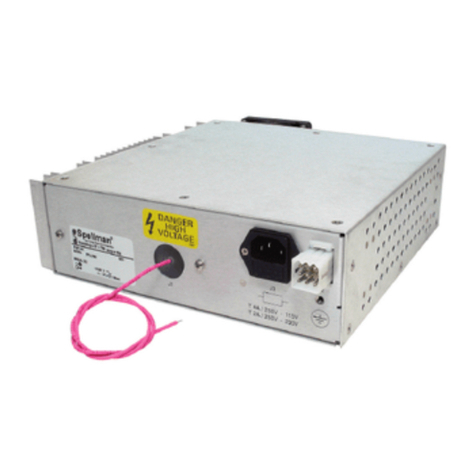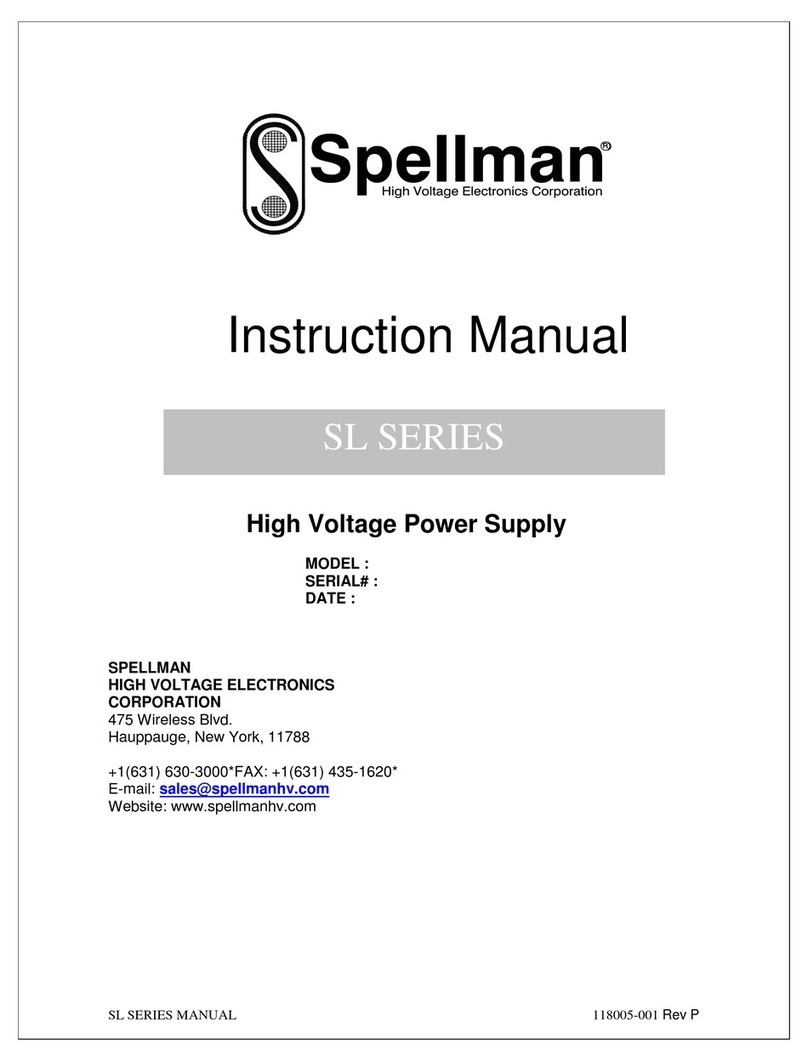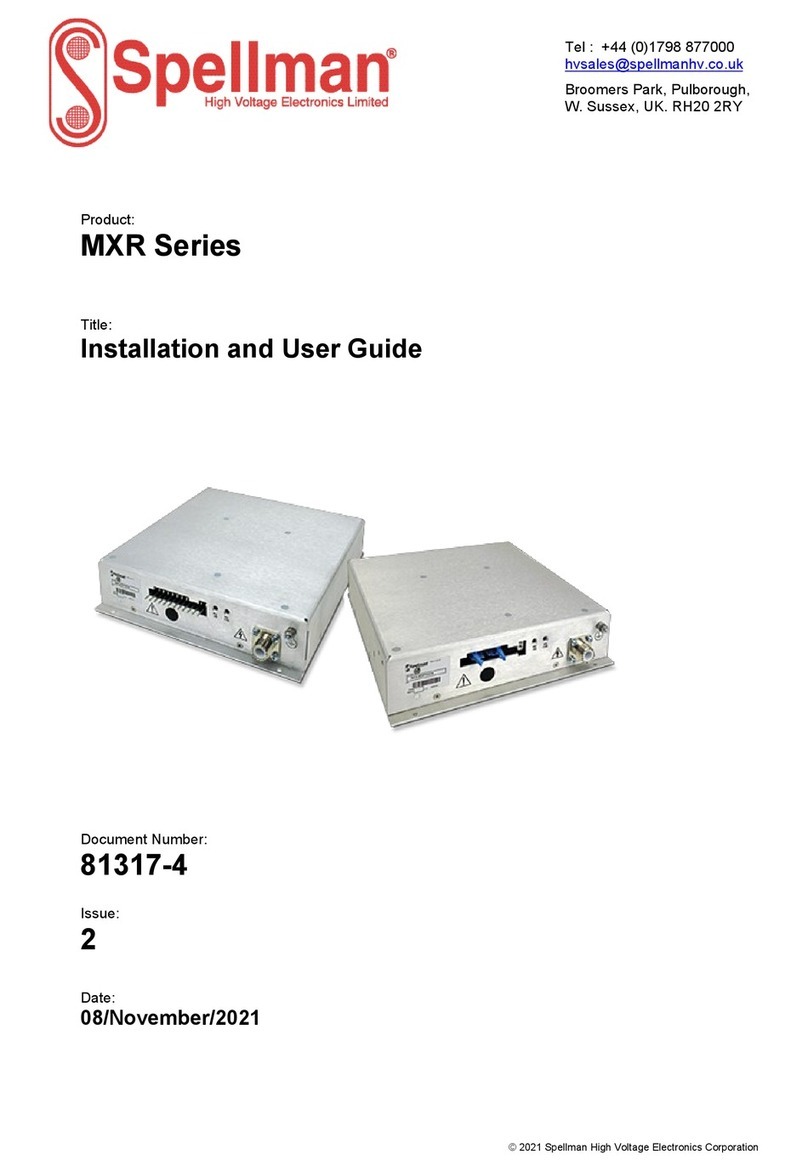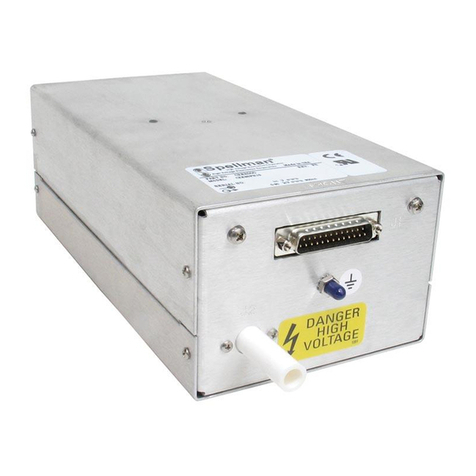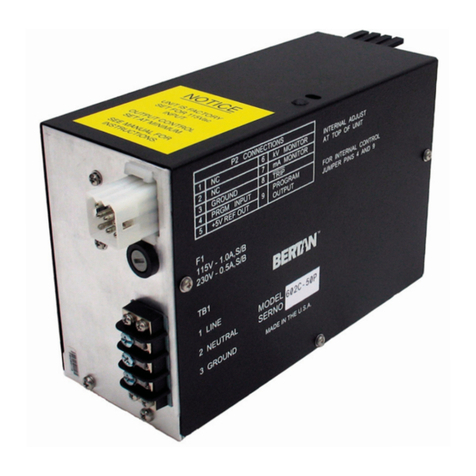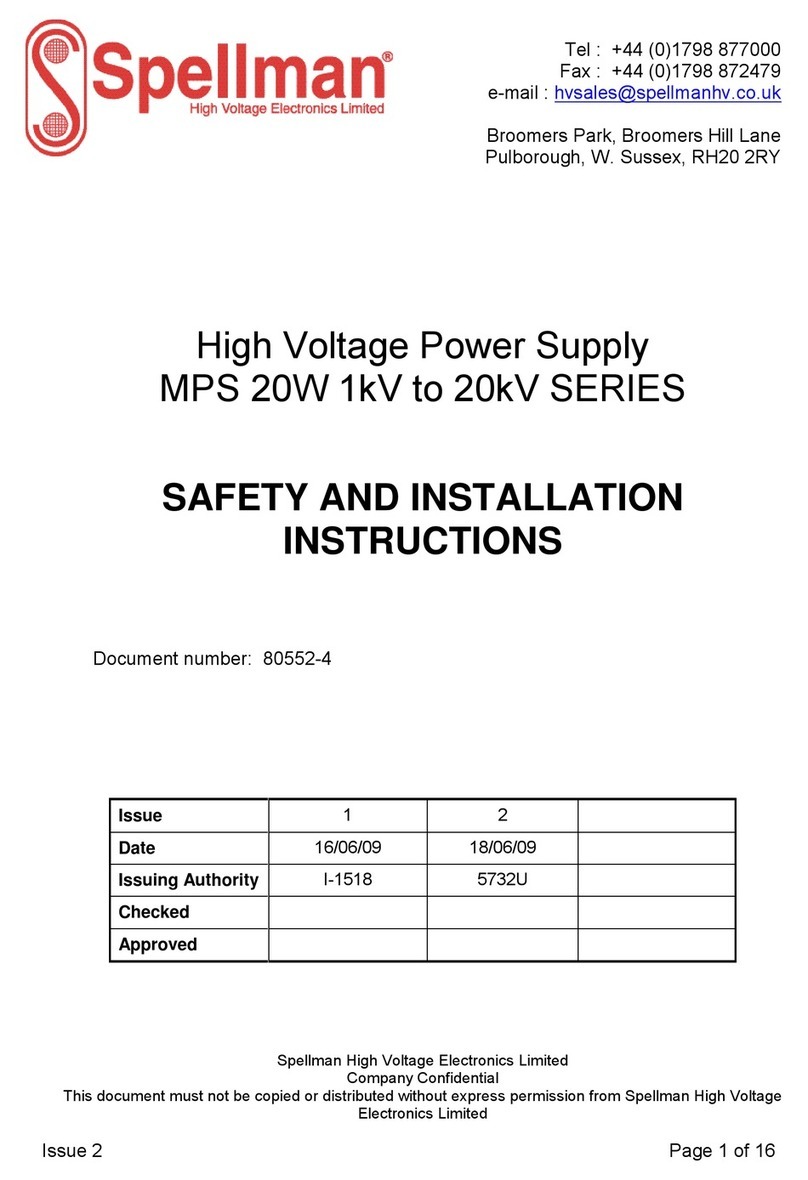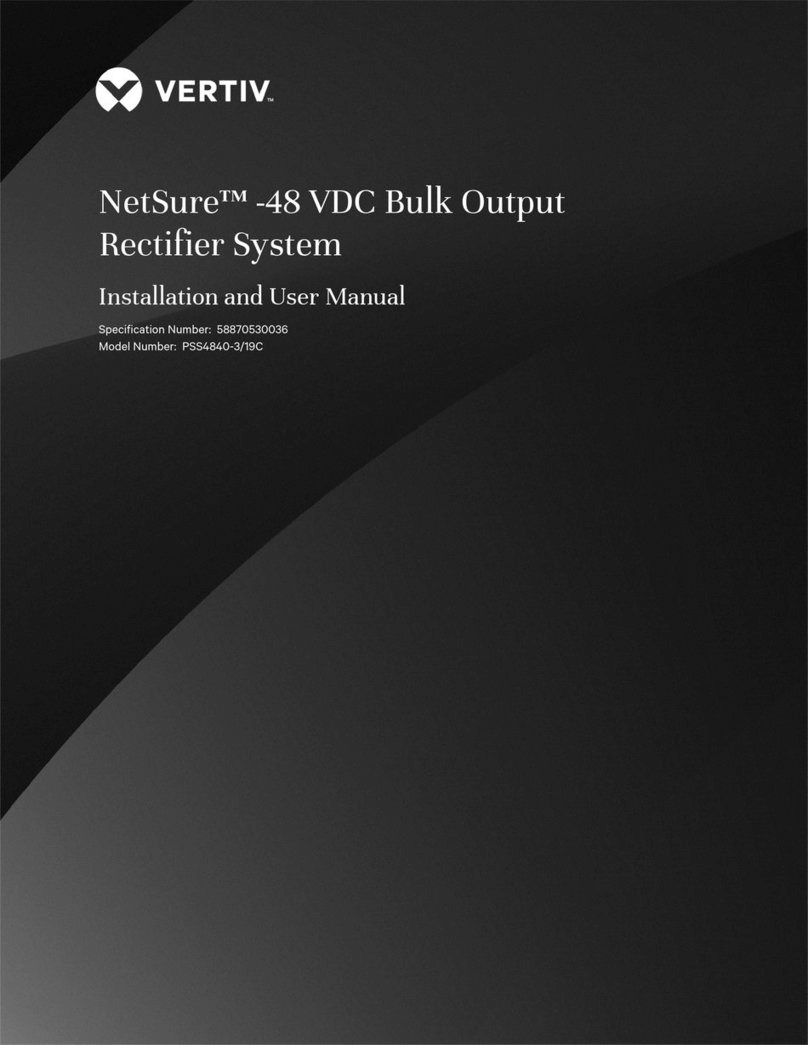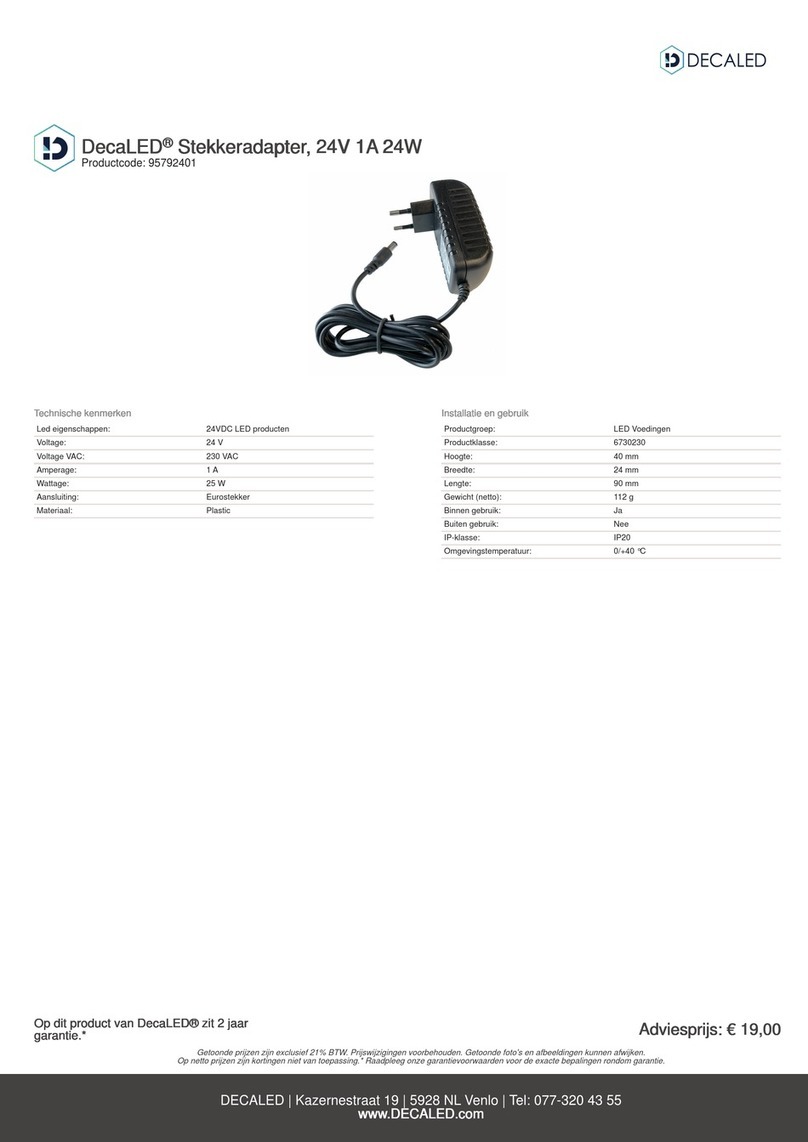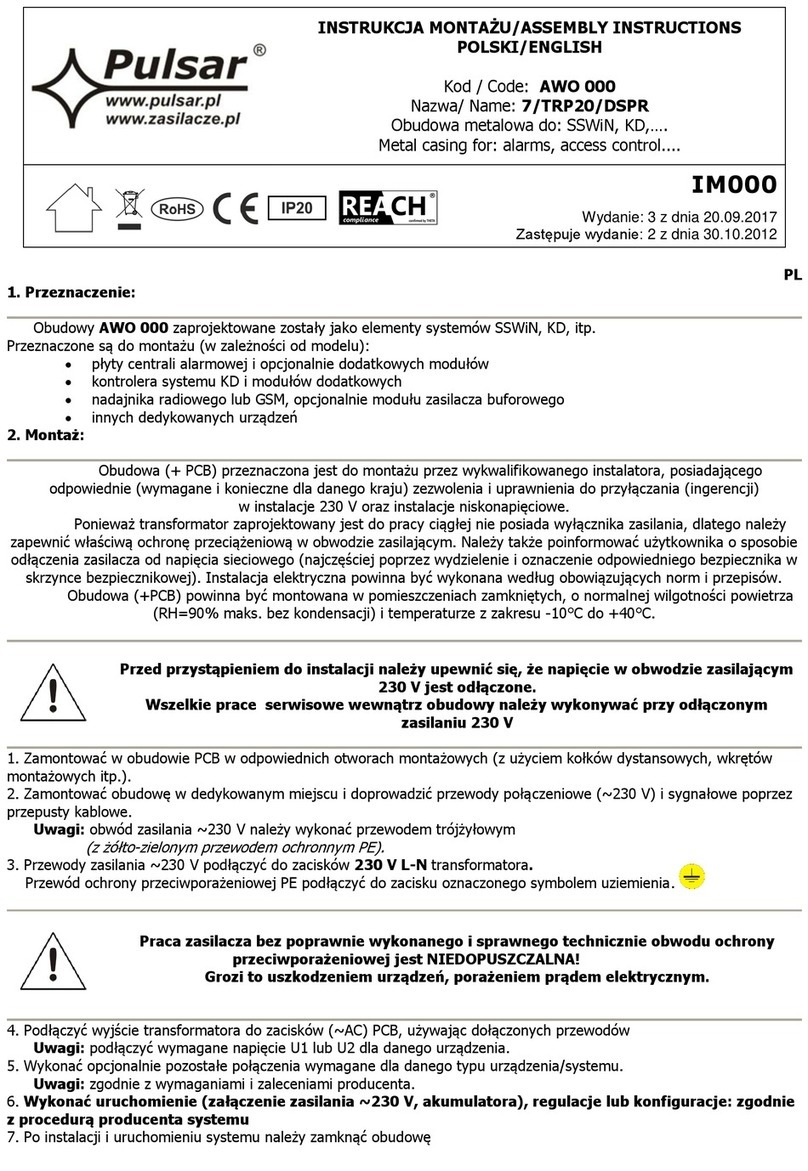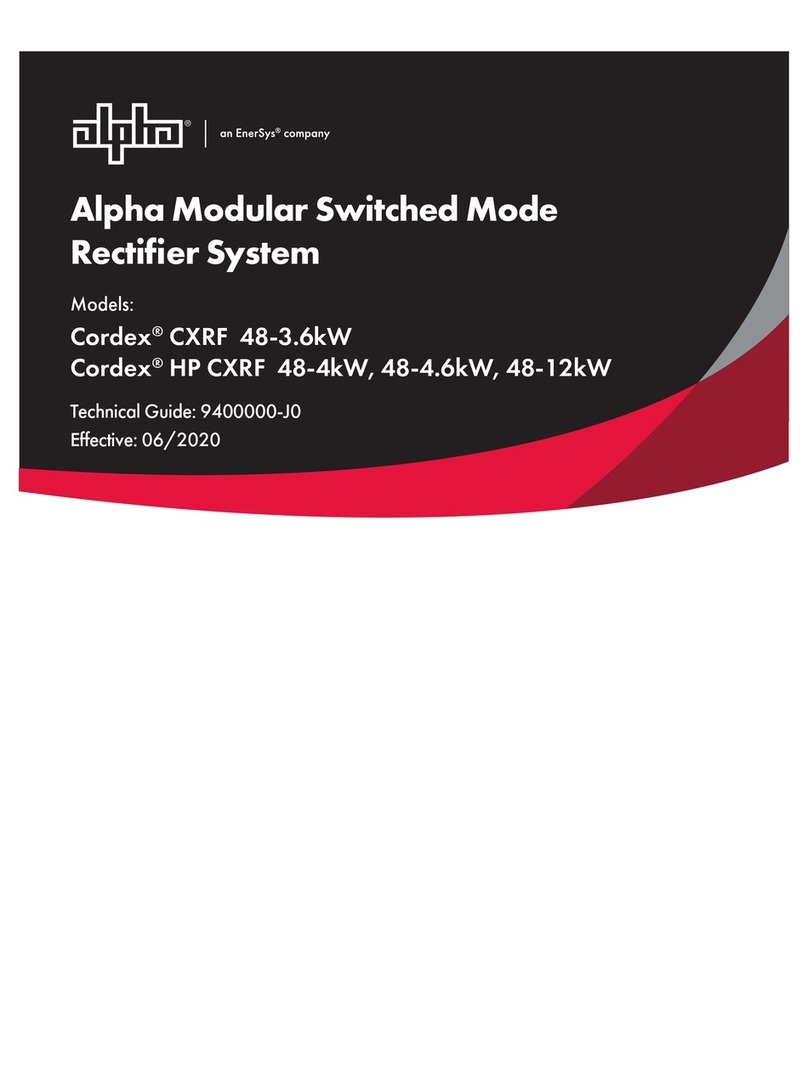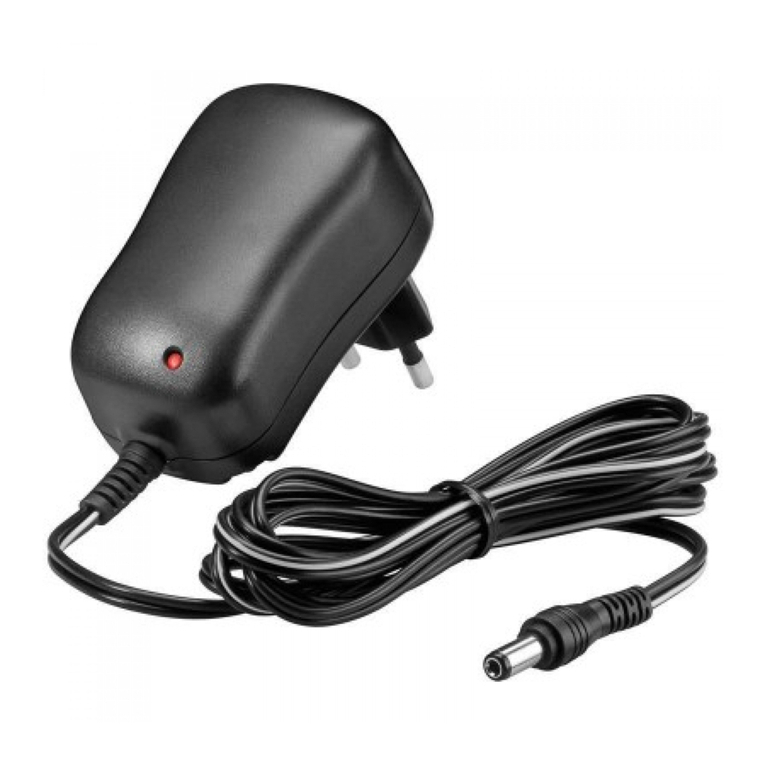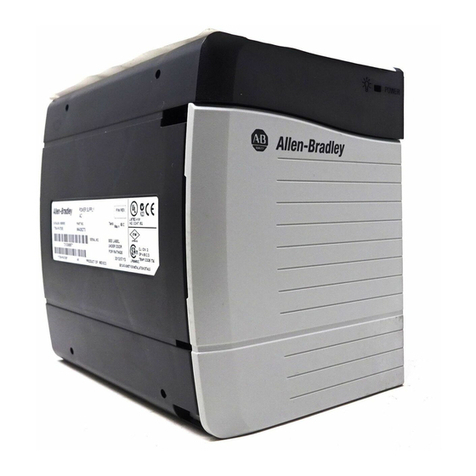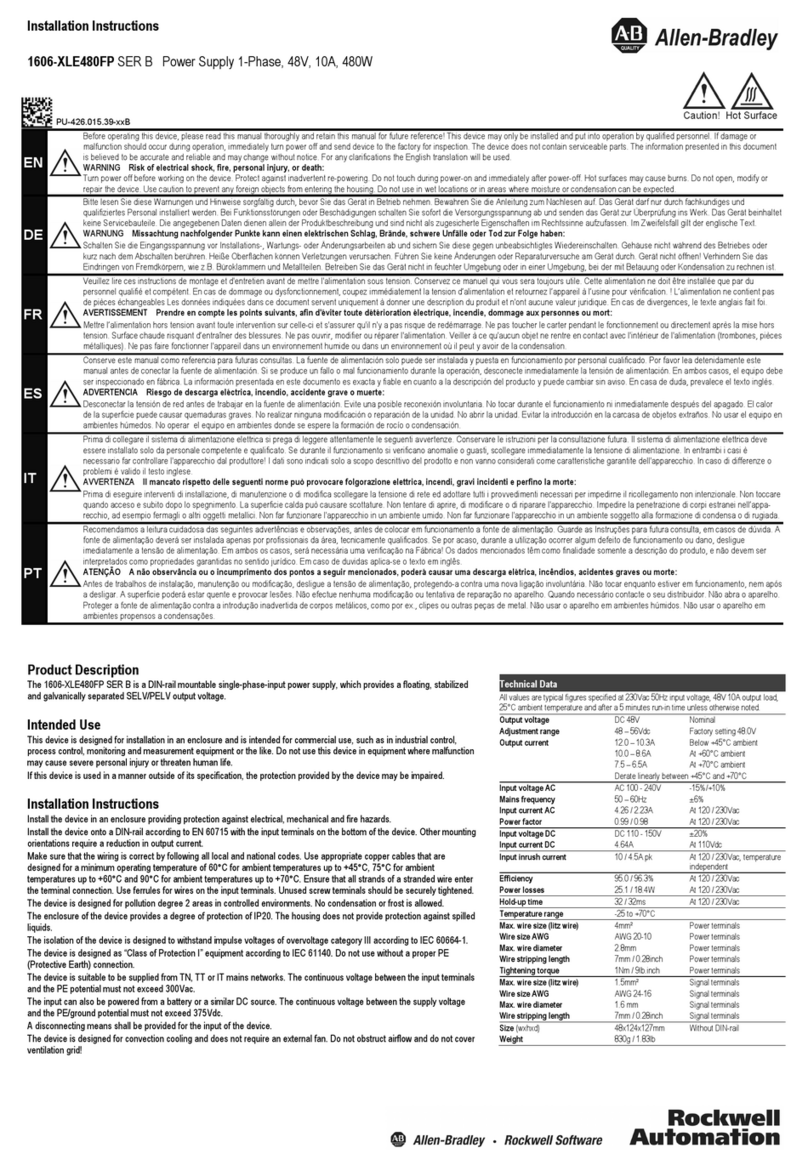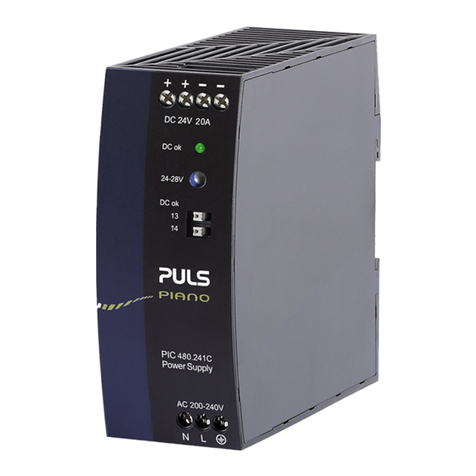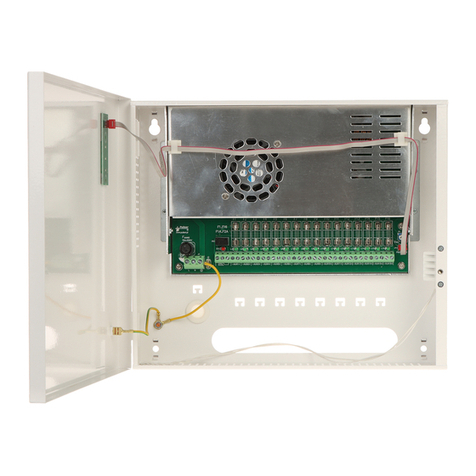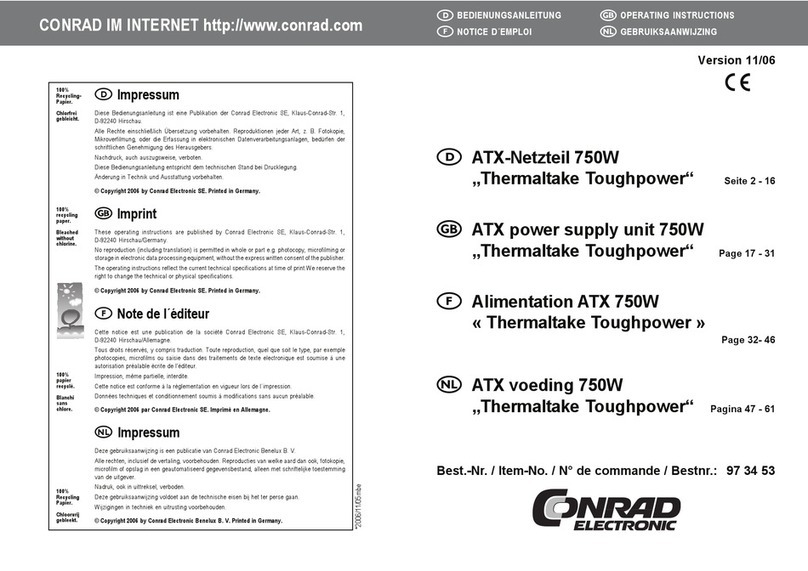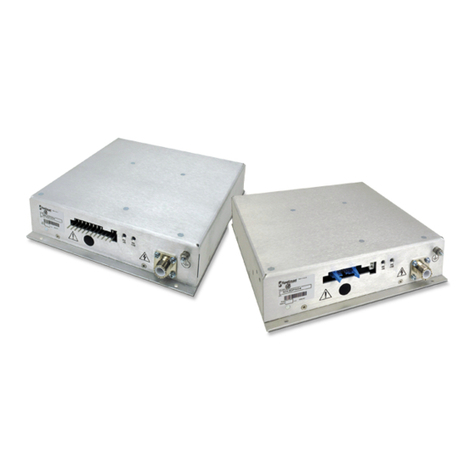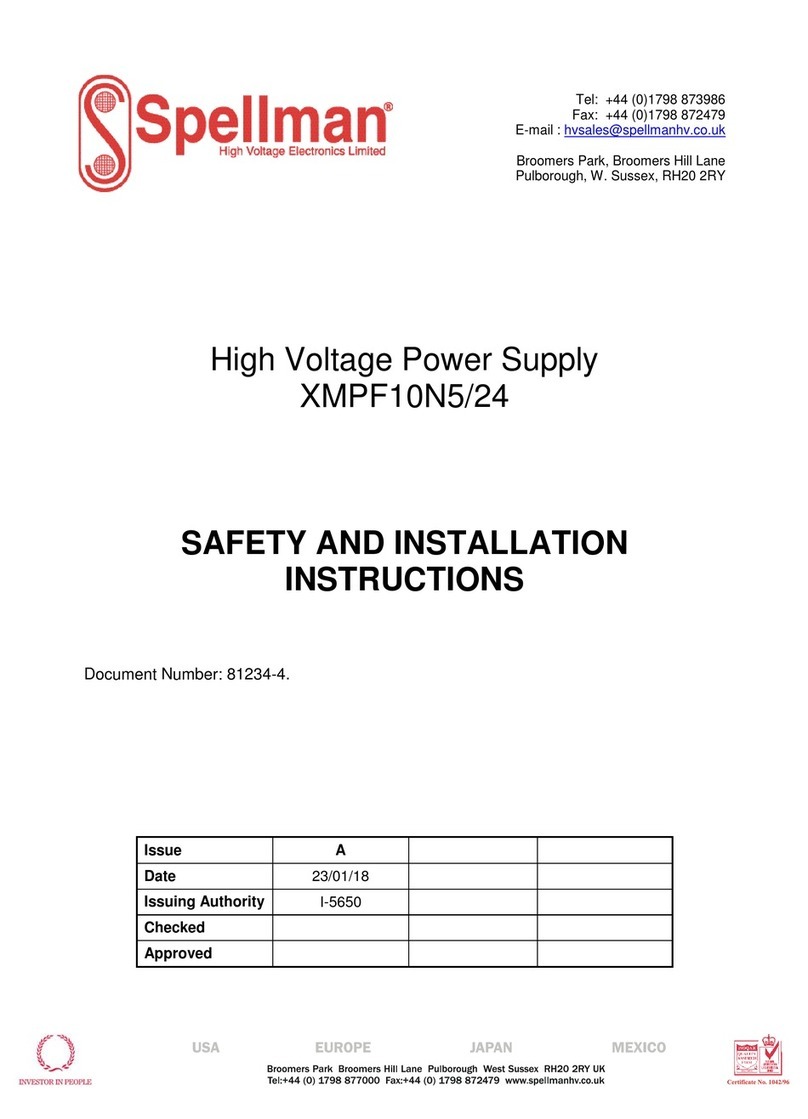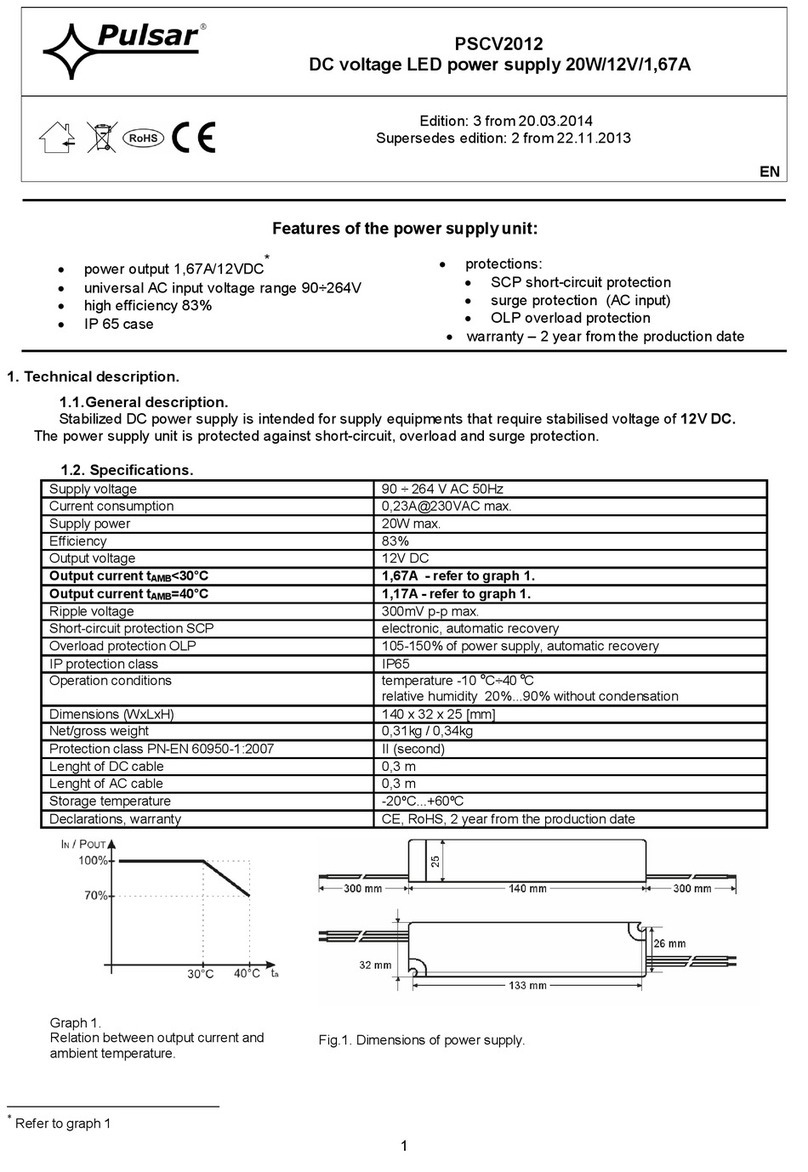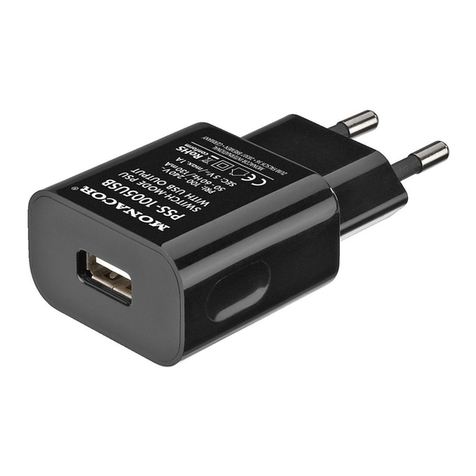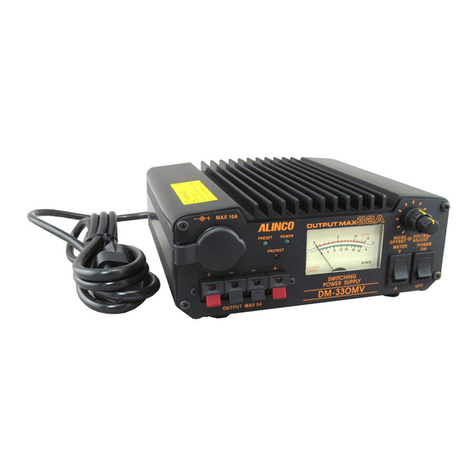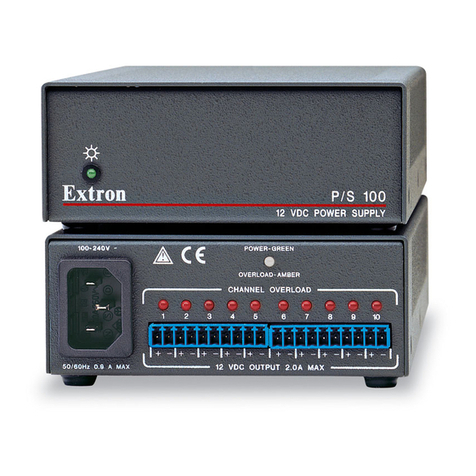
XLG/XLF MANUAL 7 118020-001 REV E
WARNING
AFTER TURNOFF, DO NOT HANDLE THE LOAD
UNTIL THE CAPACITANCE HAS BEEN
DISCHARGED!
LOAD CAPACITANCE MAY BE DISCHARGED BY
SHORTING TO GROUND.
WARNING
THE VOLTMETER ON THE POWER SUPPLY
FRONT PANEL DOES NOT READ THE OUTPUT
VOLTAGE WHEN THE POWER IS TURNED OFF,
EVEN IF A CHARGE STILL EXISTS ON THE
LOAD.
CAUTION
ALWAYS OPERATE THE UNIT WITH THE COVER
ON.
A fan maintains safe operating temperature in the XLF
power supplies by drawing air over the circuit
components. The cover must be on in order to direct the
air flow over the areas that need cooling. In operation,
the unit must be places so that the air intake and the fan
exhaust are clear of any obstructions that might impede
the flow of air. The XLG units do not use forced air
cooling. Simply maintain ambient temperature
specifications.
3.2 Standard Features
A note on remote interface circuitry and remote signal
grounding. Whenever possible, electrical isolation should
be provided when interfacing with any high voltage
power supply. For power control signals such as
EXTERNAL INTERLOCK, HIGH VOLTAGE OFF and
HIGH VOLTAGE ON isolated relay contacts should be
used. For status signals and control signals such as HIGH
VOLTAGE ON, HIGH VOLTAGE OFF, EXTERNAL
INHIBIT, etc. Opto-isolation should be used. If possible,
analog programming and monitoring signals should be
isolated via analog isolation amplifiers. Spellman
application engineers are available to assist in interface
circuitry design. All interface cables should be properly
shielded. All power supply signals should be referenced
to the power supplies signal ground on the rear terminal
block JB1-1.
REMOTE PROGRAMMING: Allows remote
adjustment of the output voltage and current via an
external voltage source. (Output power is also remotely
controllable with the CPC and APT options). In local
control (front panel control), jumpers are installed on the
connector JB1 in the rear of the chassis between JB1-10
and JB1-11 for voltage control and between JB1-8 and
JB1-9 for current control.
For remote programming, the jumpers are removed and a
positive voltage source, from 0 to 10 volts, is applied to
the appropriate terminals. Programming signals should
be referenced to JB1-1 signal ground. By adjusting the
voltage source from 0 volts (zero output) to 10 volts (full
rated output) the desired output can be selected. See
Figure 3.3A for wiring diagram and specifications.
An alternate method of controlling the output remotely is
by using external resistance such as a potentiometer or a
resistor network. For remote control the jumpers are
removed and the desired resistor configuration is
installed. See Figure 3.3B for wiring diagram.
REMOTE MONITOR: Test points are made available
on the rear of the chassis for monitoring the voltage and
current output. (Output power monitor is included with
the CPC and APT option). The test points are always
positive regardless of the output polarity, where zero 0 to
10 volts equals 0-100% of output ±0.5%. Test points
have an output impedance of 5k ohms. See Figure 3.4 for
test point designation.
REMOTE CONTROL: Remote control of the POWER
ON, HIGH VOLTAGE ON and HIGH VOLTAGE OFF
can be accomplished via the rear panel interface. The
POWER ON control is an on-off toggle contact. HIGH
VOLTAGE OFF and HIGH VOLTAGE ON are
controlled by momentary normally closed normally open
contacts, respectively. See Figure 3.5 for recommended
interface.
EXTERNAL INHIBIT: Allows the user to inhibit the
power supply output without switching HIGH
VOLTAGE OFF control. This circuit can be used to
generate fast slewing output waveforms or control high
voltage generation as in Laser and Capacitor discharge
applications. The maximum inhibit rate should not
exceed 5Hz. Consult factory for higher repetition rates or
high pulse load applications. See Figure 3.6 for the
recommended interface circuit.
WARNING
It is extremely dangerous to use this
Inhibit circuit to inhibit high voltage
generation for the purpose of servicing
or approaching any area of load
considered unsafe during normal use.




















